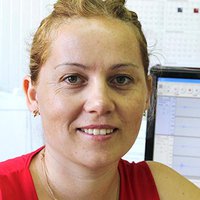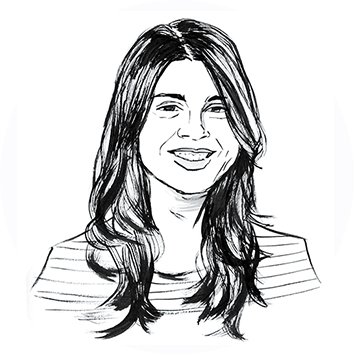Computer & electronics hardware
Kira Radinsky
How good can computers get at predicting events?
Portrait by Brett Affrunti

Global
David Fattal
A revolutionary type of 3-D display could provide a new look to moving images.

Latin America
Marcos Chaparro
He has created a low cost electrocardiograph that connects to mobile phones and to the cloud

Europe
Larisa Dunai
Acoustic system for detecting obstacles by blind people

Global
Morgan Quigley
Open-source software is making it nearly as easy to program a robot as it is to write an app.
